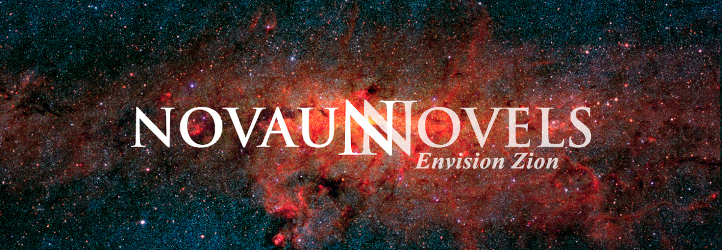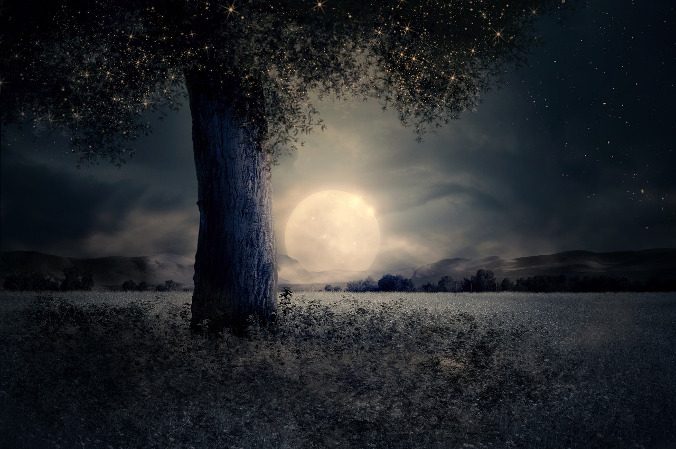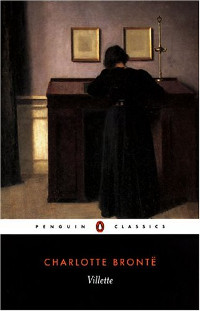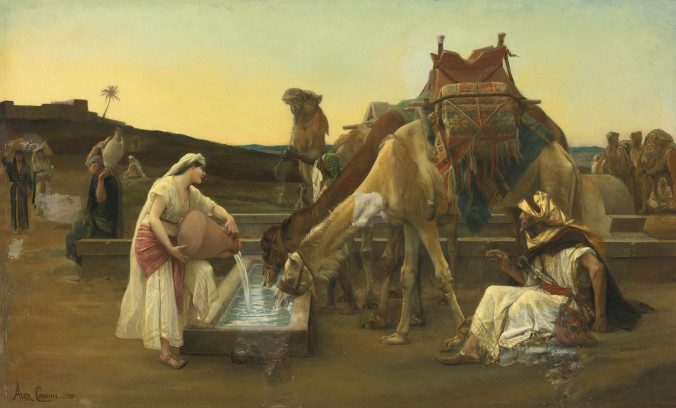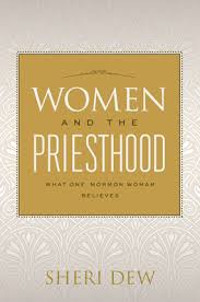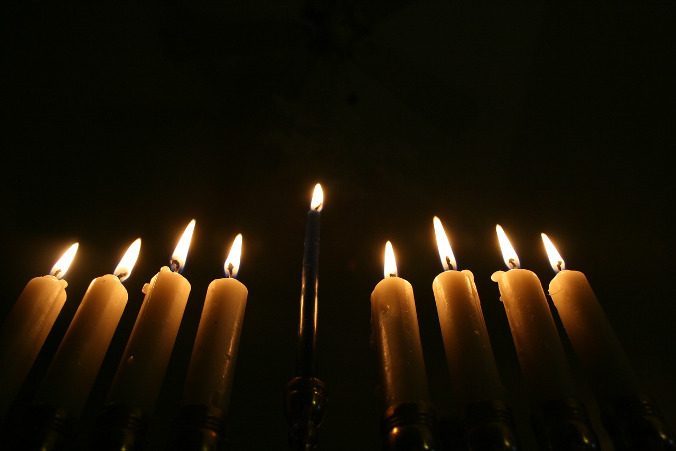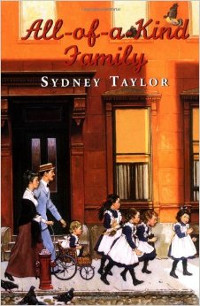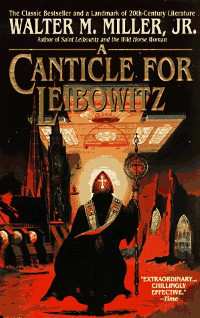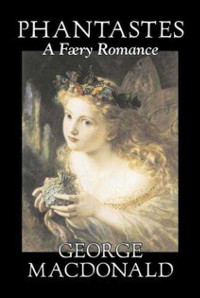
Phantastes, by George MacDonald (classic fantasy)
“First published in London in 1858, this adult fantasy novel follows Anodos, a man who searches for his ideal of female beauty in a dream-like world. Anodos has many adventures and faces many temptations in this fairyland, from tree spirit confrontations to a long trek to the palace of the fairy queen, where he eventually meets the Marble Lady. MacDonald would later astonish and influence writers such as C. S. Lewis, J. R. R. Tolkien, and W. H. Auden, who saw in this work the successful embodiment of the depth and meaning of our inner, spiritual world. The poignancy of ‘Phantastes’ lies in its representation of a spiritual quest, one in which ideals are compromised, and the ultimate surrender of the self brings both overflowing joy and profound sadness.”
The women in my book group wanted to try something written by George MacDonald, so I recommended “The Light Princess,” thinking they would like that one better than Lilith, which is quite strange in a way I wasn’t sure the other members of the group would appreciate. After I re-read “The Light Princess,” I decided to try Phantastes. Phantastes isn’t a long novel, but it took me several weeks to get through it. Part of that was because the plot structure was episodic, lacking a strong narrative drive, but more than anything, George MacDonald simply isn’t a writer one can read fast. His work, like poetry, demands to be savored.
Continue reading